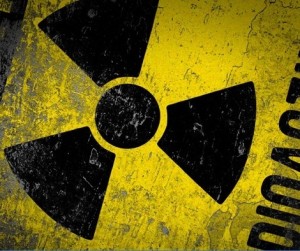☢ Massive Amounts of Steam Video Aug 14 2011 During Daytime at Fukushima Daiichi Nuclear Reactors ☢
RT NEWS UPDATE:
☢ Radioactive Steam Escaping - The Ground at Fukushima Facility is Cracking ☢
Me and many of you that have been watching the live cam of the Fukushima reactor units, have from time to time noticed there are what appears to be steam going up into the air. And also many times, last seen yesterday there were so much fog around the reactros that they where not seen on the live cam.
This fog have some said to be computer made, more like a smoke screen. And I don't dismiss this because we know that TEPCO turn the cam black and white at night. Every night, the same time.. Like clockwork. Around 19:00 Local Time.
But now there have been reports from TEPCO about a very disturbing find. And I think that this is the reason behind the fog and mist we see. Now the initial reports are in Japanese so I will give you a translation here. And then later I will try in find a good English report about this. But for now, because this is so new and important I'll post this quick to get the word out.
Tepco confessed there is a huge pool of water on the basement floor of Fukushima. Which is shared by reactor unit 1-4. TEPCO stock 6400 nuclear spent fuel rods in it, and now groundwater is flowing into the pool.
The massively contaminated water is at least 9.0t. The 6400 fuel rods stored in the pool equates to about 140% of the total fuel rods in the reactors.
The Fukushima nuclear plant along with the reactors are built on a underground water vein. Meaning they always needed to pump groundwater. However because of the accident TEPCO have stopped to pump up the water.
I would say that this is one of the reasons we get fog at the Fukushima Daiichi reactor units from time to time. And also the grim truth is that if groundwater goes in it will come out radioactive, contaminating the groundwater supply.
With reports of people having extreme levels of internal radiation who knows where this water have ended up. If the groundwater is contaminated this would continue to spread into foods, plants, wild life. This is bad, really bad.









1 comment:
have they considered manufaturing a massive inverted version of the metal dome in Chernobyl underneath the entire plant? bring in dredges and shore up the coast line for about half a mile, then start the slow process of constructing an undergound containment vessel. like a giant bowl holding in radio active water, and keeping the ground water out.
Post a Comment